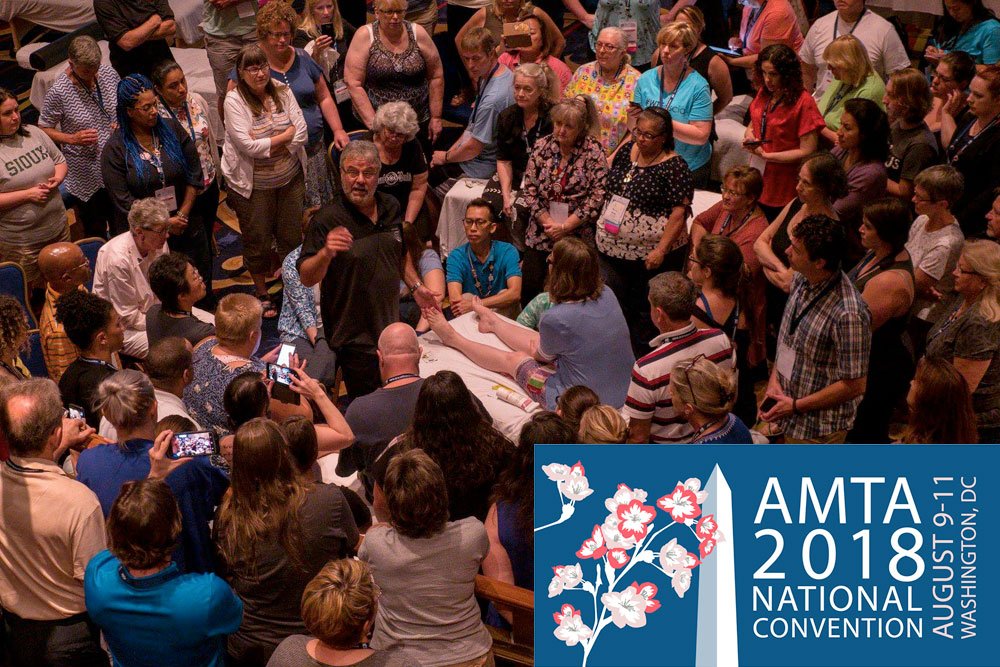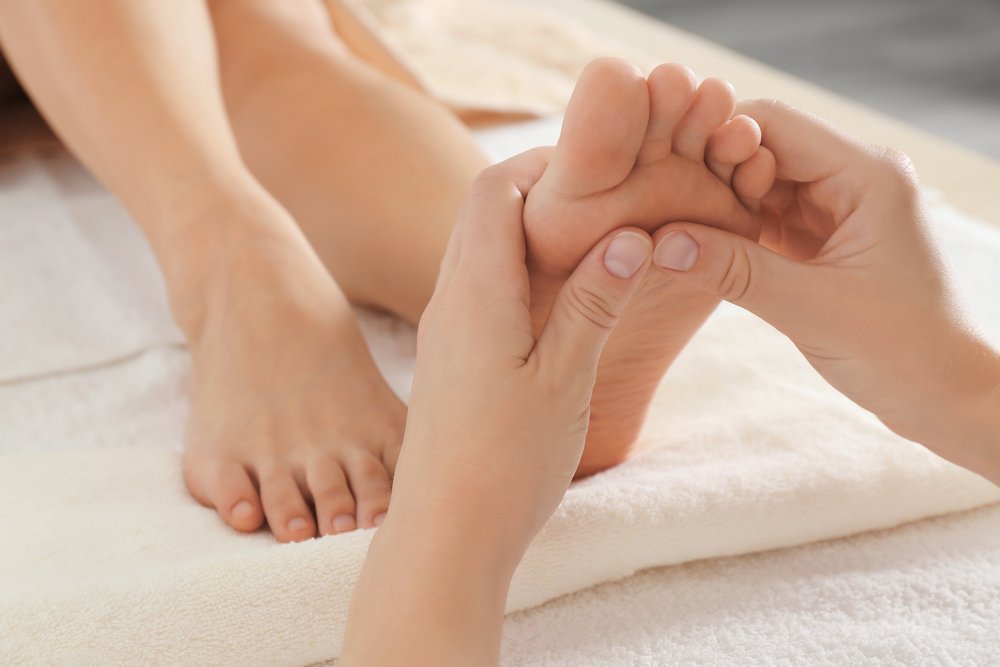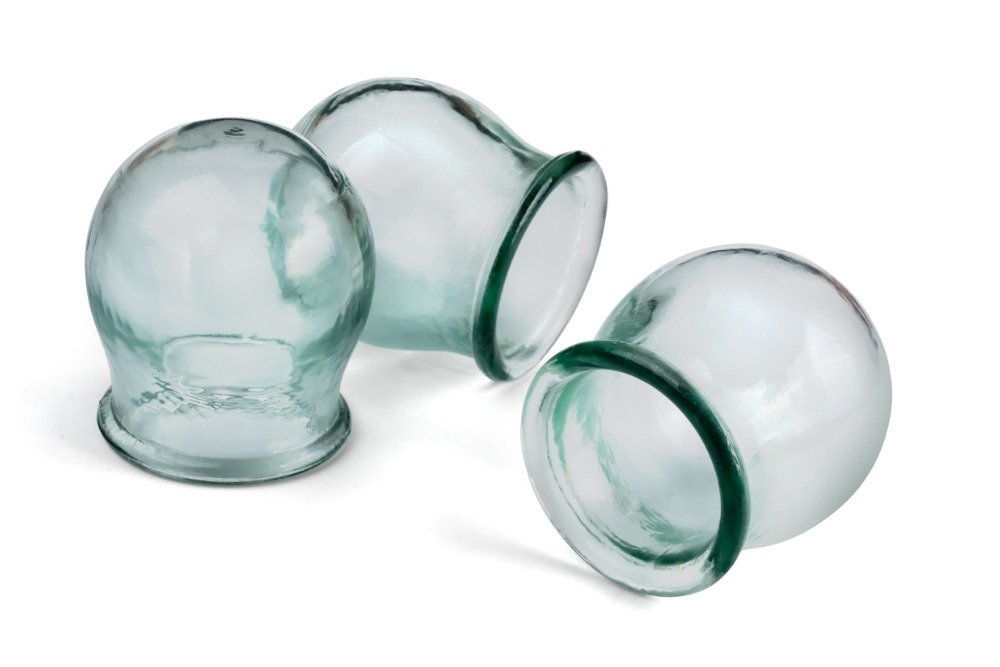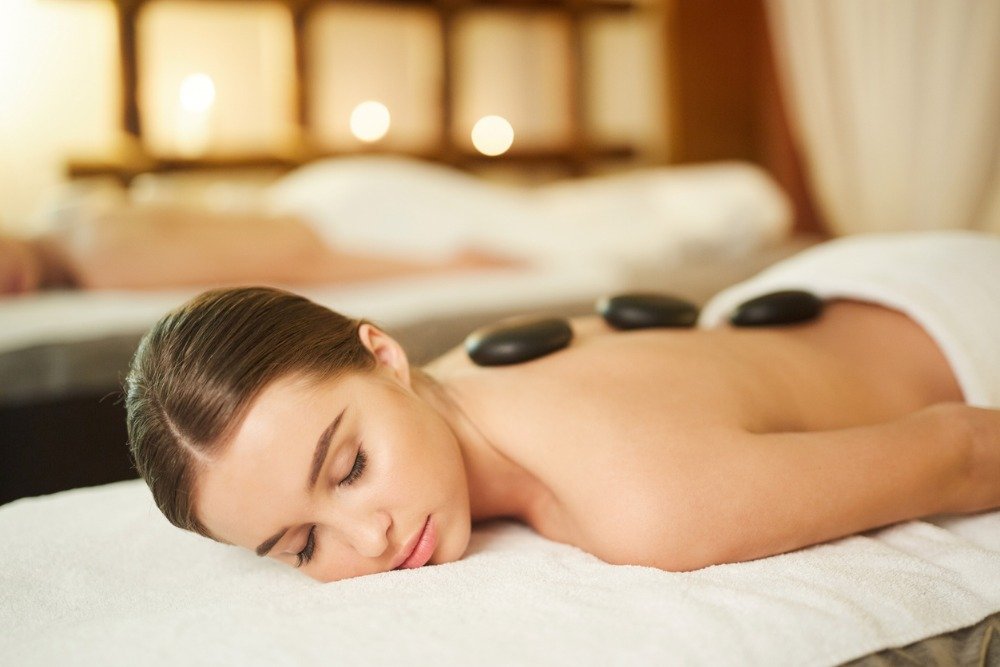A Combo Session Like No Other Are you always looking for new opportunities for relaxation…
AMTA Conference: Migraines and Tension Headaches

I took an amazing trip to our country’s capital a few weeks ago in order to attend the AMTA National Conference. I took continuing education and saw the newest products and equipment available in the industry. I then toured the amazing city of Washington D.C. with a friend. My all day class, Advanced Myofascial Techniques for Headaches, was quite informative and I came away with a better understanding of how to differentiate between tension headaches and migraines and what techniques address those headaches most effectively. I wanted to share a little bit of what I learned with you today!
The Differences Between Migraines and Tension Headaches
Tension headaches are usually felt bilaterally, meaning the pain is experienced on both sides of the head. Migraines are normally experienced unilaterally, on one side only, and are accompanied by nausea, light and/or sound sensitivity, or visual disturbances.
Interestingly, some people experience co-mingled headaches by having both a tension headache and a migraine. Having only experienced a few migraines in my life, I feel for those who suffer from co-mingled headaches. The few migraines I have had have started as a tension headache and progressed into a migraine. Although I have only experienced these few episodes, it has given me an understanding of what migraine sufferers go through during an episode. I was anxious to learn anything that can help my clients either during an episode or in between episodes to lessen the frequency and/or severity of their headaches.
Treating Two Different Types of Headaches
I learned that there are a few differences when it comes to treating tension headaches and migraines.
Tension Headaches
Myofascial release is very effective for tension headache sufferers because it addresses the restrictions in the soft tissue that is causing the headache. I have a few clients that receive regular massages for this very reason. They have found that bodywork lessens the frequency and severity of headaches by keeping their neck and facial muscles more relaxed. I picked up some new and effective techniques in this class that I am excited to offer my clients.
Migraines
The word migraine derives from the Greek word “hemicrania”, which means “half the skull”. In 400 BC Hippocrates described in detail the occurrence of migraine attacks, including the visual disturbances during migraine aura and the relief from vomiting.
According to the Migraine Research Foundation, migraines are the sixth most debilitating illness in the world and 12 percent of the world’s population suffer from migraines; to give you a scope of how big that number is imagine the entire population of Peru (31.77 million people) suffering from migraines. With migraines being this prevelant, finding ways to provide relief to sufferers has become increasingly important.
The most effective way to help migraines is by reducing cranial pressure. Have you ever been experiencing a headache and wanted to squeeze your head – or asked someone else to squeeze your head? It can give some relief from the pain. I learned some new techniques in this class that help reduce the cranial compression. There are also some techniques new to me that are performed inside the mouth. This may seem odd, but treating sensitive spots on the roof of the mouth and increasing mobility of the mandible can offer some immediate relief.
Self Help
Here a few ways headache sufferers can avoid an episode or possibly lessen the severity of a current episode:
Avoid triggers – this may seem like, and obvious choice, but headache triggers vary widely and being aware of yours and doing whatever you can to avoid it will serve you well.
Common Triggers:
- Stress
- Fatigue
- Certain foods or smells
- Hormones
- Bright or flashing lights
- Dehydration
Reported Remedies:
- Ice pack under the back of the head
- Ice cube on the roof of the mouth
- Caffeine
- Massaging neck and/or head
Everything is Connected
After more than 13 years of practicing, I am a firm believer in regular bodywork to address chronic pain or discomfort. Headaches can be debilitating and affect many people in their day to day life by causing them to miss work and time with friends and family. Massage therapy can be part of your plan to take charge of your health and combined with doctor’s recommendations, acupuncture, diet changes and exercise, put you on the road to a life with less pain and discomfort.




This Post Has 0 Comments